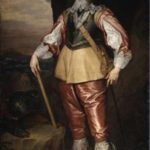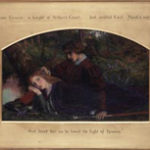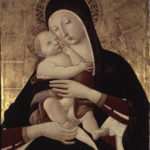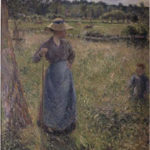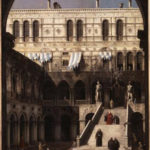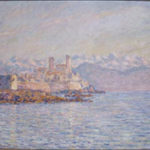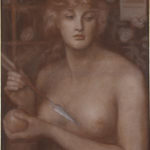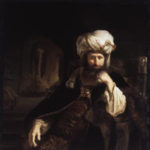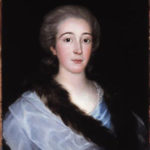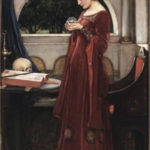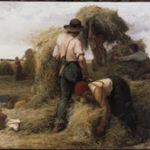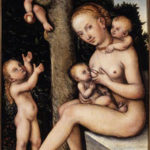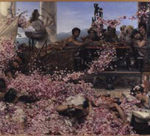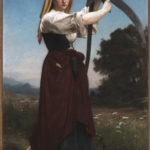From Cranach to Monet.
Masterpieces from the Pérez Simón collection
57 paintings from the collection
October 04 2007/ January 27 2008
Rome – Palazzo Ruspoli
Catalogue Skira
- Anton Van Dyck – Ritratto del principe Carlo Luigi, elettore palatino
- Arthur Huges Enide ed Erec ca. 1863
- Benvenuto di Giovanni Madonna con bambino
- Camille Pissarro La foraggiatrice 1884
- Canaletto, Palazzo Ducale, Venezia la scala dei Giganti vista dall Arco Foscari
- Claude Monet Antibes 1888
- Dante Gabriel Rossetti Venus Verticordia 1867
- Ferdinand Bol, Il filosofo
- Francisco de Goya y Lucientes Ritratto de Dona Maria Teresa de Vallabriga y Rozas 1783
- Henri Fantin Latour
- John William Waterhouse La sfera di cristallo 1902
- Julien Duprè La seconda raccolta 1879
- Lucas Cranach il Vecchio – Carità
- Sir Lawrence Alma Tadema Le rose di Eliogabalo 1888
- William-Adolphe Bouguereau La mietitrice 1872
The Pérez Simón Collection, based in Mexico City, is one of the most important private art collections in Latin America. The collection started being put together in the early 1970s, and over the past decades, it has brought together a significant number of artworks, including paintings, sculptures, graphic works, and other artistic objects. The private collection has an international character and was created with the aim of enhancing through its funds the cultural landscape of its surrounding context. The considered time span is extensive, ranging from the 14th century to the 19th century, with notable examples of contemporary art.
The masterpieces from the Pérez Simón Collection showcased at Fondazione Memmo result from a rigorous selection. The 57 paintings presented to the public are just a glimpse of the collection’s richness, with the choices reflecting its true essence. The proposed journey begins in the 14th century with Italian paintings and German works, featuring artists such as Spinello Aretino, Benvenuto di Giovanni, Bronzino, and Lucas Cranach the Elder, represented by two panels, one titled “Charity.” Among the Flemish and Dutch artists of the 17th century, there are works by Pieter Brueghel II, Rubens, Anton van Dyck, David Teniers II, Pieter Claesz, and Ferdinand Bol, depicting sacred scenes, allegories, and portraits.
The 18th century is represented by paintings from two of the most famous vedutisti of the time, Gian Paolo Pannini and Canaletto, intertwined with works by Giambattista Tiepolo, the French artist Jean-Marc Nattier, and Francisco de Goya, who is present with a splendid portrait on panel. The 19th century is divided into three sections: Academism and Realism, Victorian Painting, Impressionism, and Post-Impressionism. These sections, categorized by themes, reflect some of the criteria used to assemble the Pérez Simón Collection, such as a love for feminine beauty, sensuality, and an appreciation for the rural world and the work in the fields.
Prominent painters in the Academism and Realism section include Jean-Baptiste-Camille Corot, Alexandre Cabanel, Jean-Léon Gérôme, William-Adolphe Bouguereau, and Julien Dupré. The Victorian world and its aesthetics, one of the most fascinating sections due to the quantity and quality of exhibited works, are expressed through artists like Dante Gabriel Rossetti, Sir Lawrence Alma-Tadema, John William Waterhouse, and Henry Arthur Payne. The exhibition concludes with paintings by Impressionist and Post-Impressionist artists such as Camille Pissarro, Claude Monet, Paul Gauguin, and Vincent van Gogh. With them, the 19th century concludes brilliantly, as does the exhibition journey proposed by Fondazione Memmo, unveiling part of the masterpieces from this significant Mexican private collection.

